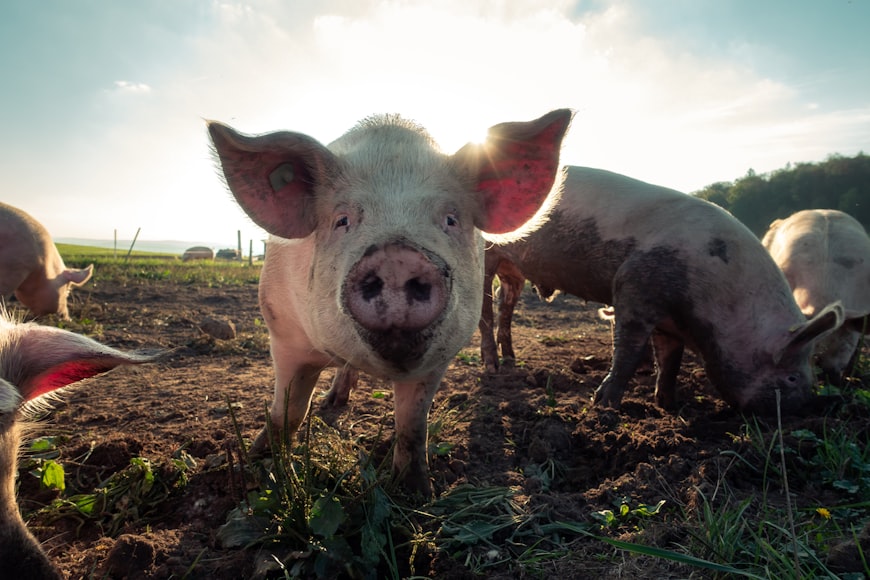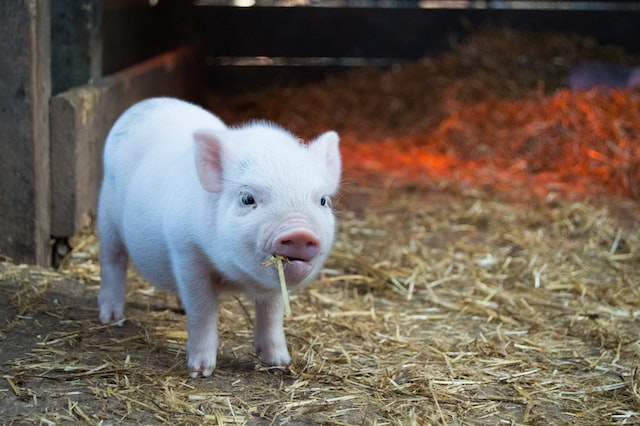While it’s not the most glamorous or expensive of farm animals, the farm pig is a dependable source of meat and eggs. The typical farm pig has a healthy weight, taming large pen-sized hocks with their strong legs and small quarters. They also produce an average of about 10 piglets per year. These little guys love to eat! There are many ways to help your farm pig heel over the edge of starvation and make you happy again. Read on for some practical tips on caring for a farm pig.
Know the Difference Between Farm Pig and Small Animal (Saan) Pig

As you probably already know, the term farm pig often refers to a breed of small white or Asian pig that has a smaller body and a smaller head than a standard pig, typically around one-third the size. The difference in weight between these two breeds is referred to as the taming capacity, and it’s what’s important when managing a small pig. A farm pig has a smaller body and, therefore, a smaller number of organs and muscles. They are more agile and moderate in the air, which means they are more able to roam and find a new niche in the field. Farm pigs also tend to have smaller, more dense brains, which helps reduce anxiety and stress-inducing behaviors, like overthinking or diving into tasks without a plan. Some breeds of farm pigs have a larger head than others, and because of this, the breed with a larger head is more aggressive and even kills other breeds when provoked. Other breeds, however, have a smaller head and are more peaceful and subordinate, so they actually make the best companions for the perfect pig.
Keep an eye out for parasites
A common cause of underfeeding and over-exploitation among small farmers is the failure to keep the animals clean. Control, or eliminate, all parasites, including bacteria, mites, and ticks, which can cause leprosy and other infections, and manure samples are checked for insects, which are then consumed as a natural source of energy. If you’re not careful, your pig will carry tons of parasites, which can lead to indigestion, empty stomach, and other symptoms. It’s important to check the animals every so often, especially while they’re eating, so they don’t develop any new ones.


